The 1980s gave us some of television’s most memorable shows, from heartwarming family sitcoms to groundbreaking dramas that tackled serious social issues. We welcomed these programs into our living rooms week after week, growing attached to characters who felt like old friends. But looking back with the clarity that only time can provide, it’s amazing how many of these beloved series started strong before taking some truly bizarre creative turns that left us scratching our heads and reaching for the remote.
1. Happy Days

Happy Days began as a charming slice of 1950s Americana, following the Cunningham family and their leather-jacketed friend Fonzie through the innocent adventures of teenage life in Milwaukee. The show perfectly captured the nostalgia boom of the ’70s, giving viewers a warm, fuzzy escape to simpler times when the biggest worry was whether Richie would get a date to the sock hop. Creator Garry Marshall crafted storylines that felt genuine and relatable, grounding even the coolest character on television in real family values.
Then came that infamous water-skiing episode where Fonzie literally jumped over a shark, giving birth to a phrase that would forever describe the moment a show loses its way. Suddenly, our beloved Fonz was performing increasingly outlandish stunts, and the writers seemed more interested in topping the previous week’s absurdity than telling meaningful stories. What started as gentle humor about growing up in the Eisenhower era devolved into cartoonish situations that bore no resemblance to the show we’d fallen in love with.
2. The Dukes of Hazzard
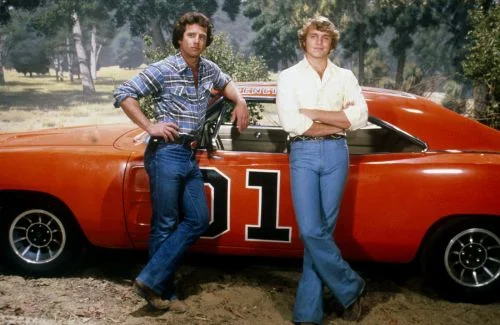
The Dukes of Hazzard roared onto screens in 1979 with a perfect formula: good-hearted country boys Bo and Luke Duke fighting corruption in rural Hazzard County while performing death-defying car stunts in their beloved General Lee. The show struck gold by combining family-friendly action with genuine Southern charm, creating characters you couldn’t help but root for as they outwitted the bumbling Boss Hogg week after week. Those early episodes had heart, humor, and enough car chases to keep everyone in the family glued to their seats.
But when contract disputes led to the departure of original stars John Schneider and Tom Wopat, the show tried to continue with their “cousins” Coy and Vance Duke, played by actors who clearly weren’t cut from the same cloth. The magic disappeared faster than the General Lee flying over a creek, as the replacement Dukes lacked the chemistry and charisma that made the original pairing so compelling. Even when Schneider and Wopat returned, the show never quite recovered its original spark, stumbling through increasingly ridiculous plots until it mercifully ended its run.
3. Dynasty
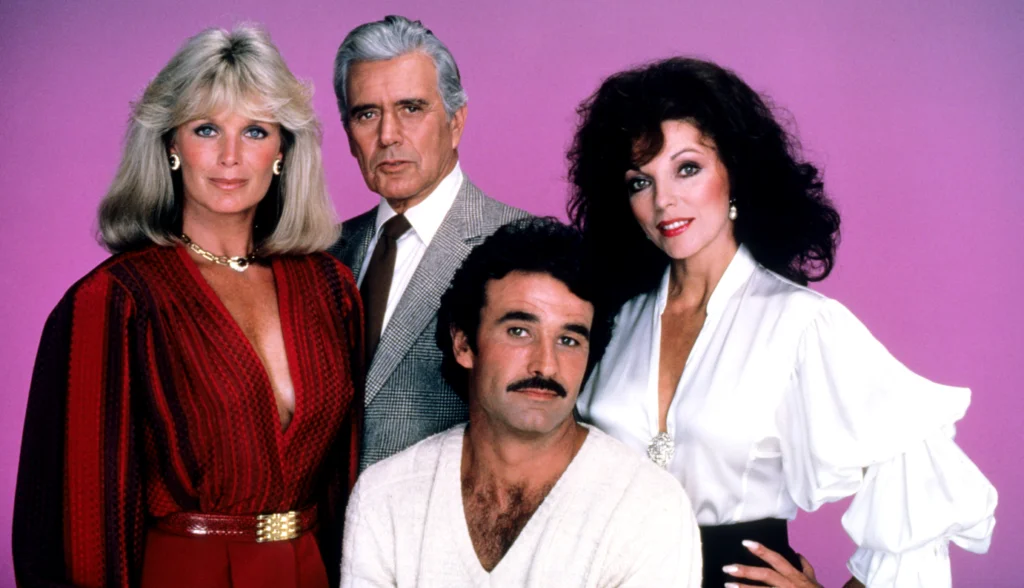
Dynasty burst onto the primetime scene as a sophisticated answer to Dallas, giving us the glamorous world of the Carrington family and their oil empire in Denver. Joan Collins’ arrival as the deliciously scheming Alexis elevated the show to must-see television, as her battles with Linda Evans’ Krystle provided some of the most entertaining catfights ever broadcast. The show knew exactly what it was: a guilty pleasure that delivered high-fashion drama with just enough emotional depth to keep viewers invested.
Somewhere along the way, Dynasty decided that more was always better, piling on increasingly outrageous plot twists that would make a soap opera writer blush. Characters died and came back to life with alarming frequency, long-lost relatives appeared from nowhere with convenient claims to the family fortune, and the show’s trademark elegance gave way to storylines involving alien abductions and other supernatural nonsense. By the time viewers were expected to believe in mystical healing powers and reincarnation, Dynasty had transformed from sophisticated nighttime soap to unintentional comedy.
4. Webster

Webster started as a heartwarming family sitcom about a young African-American boy being raised by his deceased father’s best friend and his new wife, played by Alex Karras and Susan Clark. The show tackled real issues like adoption, racism, and growing up different with genuine sensitivity, while Emmanuel Lewis’s natural charm made Webster Papadopoulos an instantly loveable character. Those early episodes balanced humor with meaningful messages, creating television that entertained while teaching valuable lessons about acceptance and family.
As the seasons progressed, the writers seemed to forget that Webster was supposed to be aging, keeping him perpetually childlike while his real-life peers were growing up around him. The show began relying on increasingly silly situations and cheap laughs, transforming Webster from a thoughtful young man into a cartoonish character who existed mainly for physical comedy. What began as a show about a family learning to love each other became a vehicle for slapstick humor that did a disservice to the important themes it once handled so well.
5. The A-Team

The A-Team exploded onto television with a brilliant premise: a group of former Vietnam soldiers working as mercenaries for hire while evading capture by the military police. The chemistry between George Peppard’s Hannibal, Mr. T’s B.A. Baracus, Dirk Benedict’s Face, and Dwight Schultz’s Howling Mad Murdock was electric, and their elaborate schemes to help the underdog felt fresh and exciting. The show struck the perfect balance between action and humor, giving us memorable catchphrases and enough creative problem-solving to make MacGyver jealous.
But as the series wore on, The A-Team became a victim of its own success, with writers apparently competing to see who could create the most ridiculous scenarios for our heroes to escape. The elaborate plans became so over-the-top that they stretched credibility beyond the breaking point, and the show’s signature rule about never actually hurting anyone led to increasingly absurd situations where machine guns fired thousands of rounds without hitting a single person. What started as clever action-adventure devolved into a cartoon where physics didn’t apply and consequences didn’t exist.
6. Magnum P.I.

Magnum P.I. gave us Thomas Magnum, a charming private investigator living in paradise while solving crimes and dealing with his mysterious benefactor’s uptight estate manager, Higgins. Tom Selleck’s natural charisma and the gorgeous Hawaiian setting created television magic, while the show’s blend of humor, action, and genuine detective work kept viewers coming back week after week. The supporting cast, including the helicopter pilots T.C. and Rick, felt like real friends, and the show’s occasional forays into Magnum’s Vietnam experiences added unexpected depth.
As the series matured, it began incorporating increasingly supernatural elements that clashed with its previously grounded approach to detective work. Suddenly, Magnum was having mystical experiences, encountering ghosts, and dealing with storylines that belonged more in The Twilight Zone than a Hawaiian detective show. The show’s final season included a two-part episode where Magnum actually died and went to heaven, completely abandoning the realistic tone that had made the early seasons so compelling.
7. Knight Rider
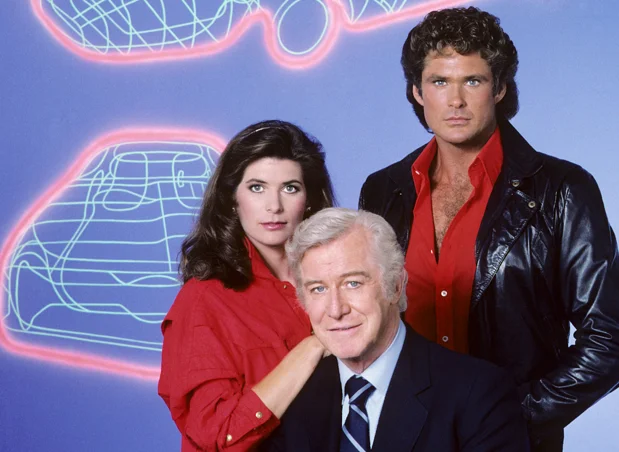
Knight Rider captured imaginations with its high-tech premise: a lone crime fighter aided by KITT, an artificially intelligent Trans Am with more gadgets than James Bond’s Aston Martin. David Hasselhoff’s Michael Knight provided the perfect everyman hero, while KITT’s dry wit and protective nature created one of television’s most unlikely buddy relationships. The show tapped into the era’s fascination with technology while delivering solid action-adventure entertainment that never took itself too seriously.
But success bred excess, and Knight Rider began focusing more on KITT’s increasingly ridiculous abilities than on meaningful character development or coherent storytelling. The car could suddenly do everything from jumping over buildings to becoming invisible, while the villains became more cartoonish and the plots more absurd. What began as a clever blend of man and machine became a showcase for special effects that often overshadowed the human elements that had made the show work in the first place.
8. Miami Vice

Miami Vice revolutionized television with its groundbreaking visual style, featuring Don Johnson and Philip Michael Thomas as undercover detectives Sonny Crockett and Rico Tubbs fighting crime in the neon-soaked world of 1980s Miami. The show’s integration of contemporary music, high-fashion wardrobe, and cinematic cinematography created a new template for what television could be. Producer Michael Mann brought a level of sophistication and realism to police procedurals that had never been seen before, making every episode feel like a feature film.
However, the show’s commitment to style eventually overwhelmed its substance, as later seasons became more concerned with maintaining the cool factor than telling compelling stories. The plots grew increasingly convoluted and pretentious, with episodes that prioritized mood and atmosphere over character development or logical storytelling. By the final season, Miami Vice had become a parody of itself, with storylines so abstract and self-important that viewers needed a decoder ring to understand what was happening.
9. Fantasy Island

Fantasy Island offered viewers a weekly escape to a tropical paradise where mysterious Mr. Roarke and his assistant Tattoo helped visitors live out their deepest desires. Ricardo Montalban’s sophisticated performance as Roarke and Hervé Villechaize’s enthusiastic Tattoo created television magic, while the anthology format allowed for endless creative possibilities. The show’s moral center remained strong in early seasons, with fantasies that taught valuable lessons about being careful what you wish for.
As the series progressed, the writers seemed to run out of meaningful fantasies and began incorporating increasingly bizarre supernatural elements that transformed the show into something unrecognizable. Roarke went from mysterious host to apparent supernatural being with godlike powers, while the fantasies became more about special effects than human stories. The show’s gentle wisdom gave way to confused mythology that left viewers wondering whether they were watching the same program that had once provided such thoughtful entertainment.
10. Buck Rogers in the 25th Century

Buck Rogers launched with legitimate science fiction credentials, featuring Gil Gerard as a 20th-century astronaut awakened after 500 years of suspended animation to find Earth recovering from nuclear holocaust. The pilot movie and early episodes took their premise seriously, creating a believable future world with genuine dramatic stakes and impressive special effects for television. The show initially balanced action and humor while exploring themes about adapting to change and finding hope in dark circumstances.
But the series quickly devolved into campy space opera that seemed more interested in showcasing Erin Gray’s costumes than developing meaningful storylines about humanity’s future. The second season’s attempt to reinvent the show as a Star Trek-style space exploration series only made things worse, abandoning Earth entirely for generic alien planets and forgettable adventures. What started as thoughtful science fiction became a showcase for disco-era fashion and special effects that looked cheap even by 1980s standards.
11. Diff’rent Strokes
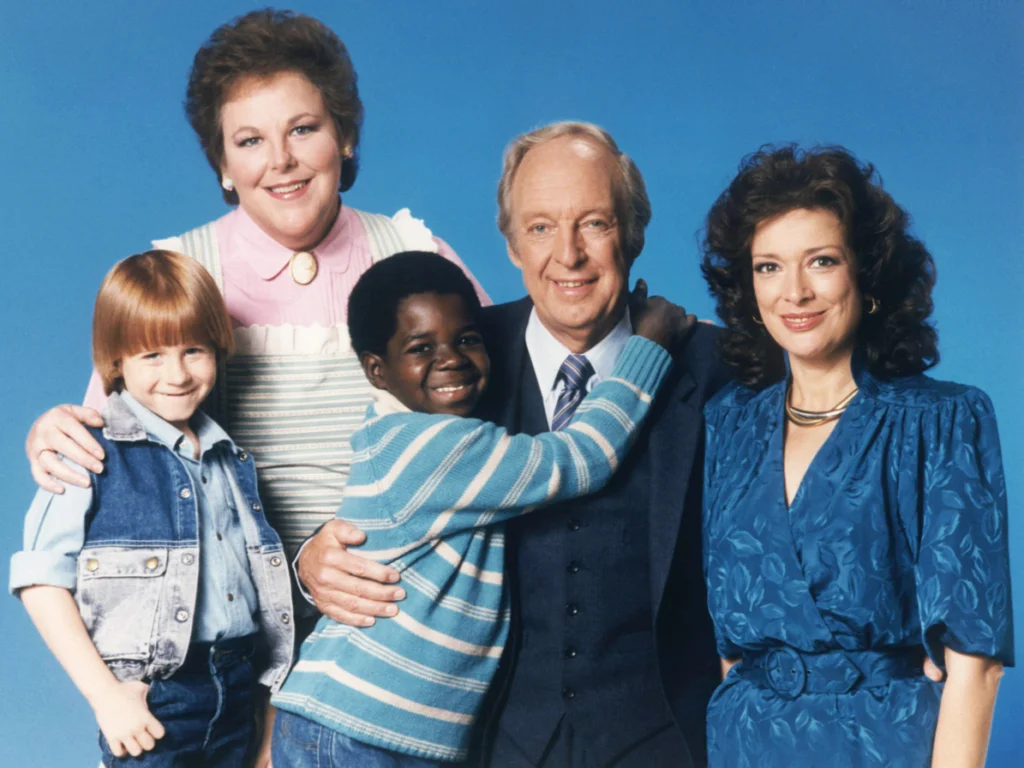
Diff’rent Strokes began with a genuinely touching premise: a wealthy widower adopts two African-American boys from Harlem, creating a family that transcended racial and economic boundaries. The show tackled serious social issues with surprising maturity, using humor to address topics like racism, drug abuse, and child endangerment in ways that educated while they entertained. Gary Coleman’s natural comedic timing as Arnold Jackson made him an instant star, while the show’s heart remained firmly planted in authentic family relationships.
As the years passed, Diff’rent Strokes became increasingly dependent on “very special episodes” that felt more like after-school specials than genuine entertainment. The show’s attempts to address every social problem of the day often came across as preachy and heavy-handed, while the characters became vehicles for moral lessons rather than believable people. The series’ later seasons were overshadowed by the real-life troubles of its young stars, making the show’s idealistic messages feel hollow and disconnected from reality.
12. Dallas
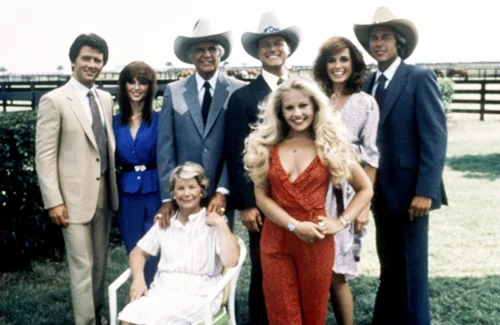
Dallas changed television forever with its groundbreaking approach to primetime soap opera, centered around the oil-rich Ewing family and their patriarch Jock’s sons, especially the villainous J.R. Ewing. Larry Hagman’s portrayal of J.R. created one of television’s greatest antagonists, while the show’s exploration of family loyalty, betrayal, and power provided compelling drama that kept viewers talking around water coolers nationwide. The famous “Who Shot J.R.?” cliffhanger became a cultural phenomenon that demonstrated television’s power to capture the entire nation’s attention.
But Dallas eventually became a victim of its own success, with writers apparently believing that every season needed to top the previous year’s shocking revelations and plot twists. The infamous “dream season” that revealed an entire year of storylines to be just a character’s nightmare represented the show’s complete abandonment of narrative logic in favor of sensationalism. By the time characters were being killed off and resurrected with alarming regularity, Dallas had transformed from sophisticated nighttime drama into a parody of everything that had made it special.
These shows remind us that television success can be both a blessing and a curse, as the pressure to maintain ratings and extend successful runs often leads creators down paths they never intended to travel. We remember them fondly not despite their eventual missteps, but because their early brilliance was so memorable that even their wildest departures from good sense couldn’t completely diminish what they once meant to us. Perhaps that’s the real magic of 1980s television: even when these shows went completely off the rails, they remained part of our shared cultural experience, giving us stories to laugh about and lessons about the importance of knowing when to say goodbye.
This story ’80s TV Shows That Started Out Brilliant…Then Went Completely Off the Rails was first published on Takes Me Back.


